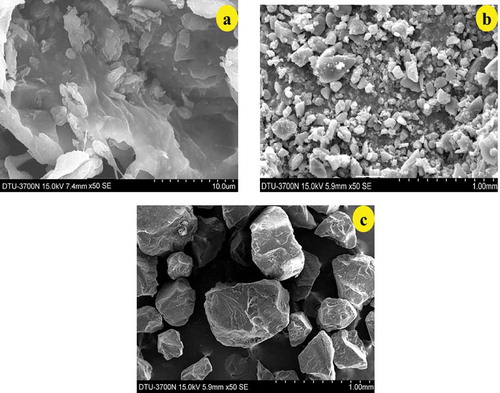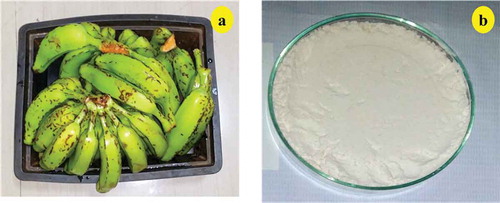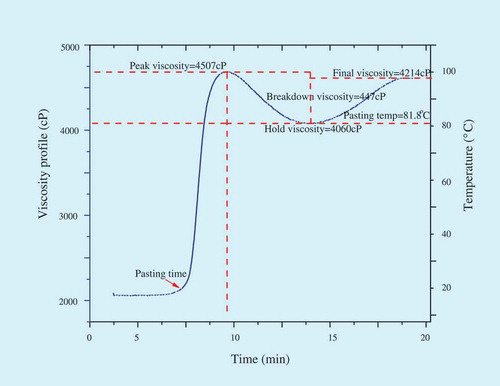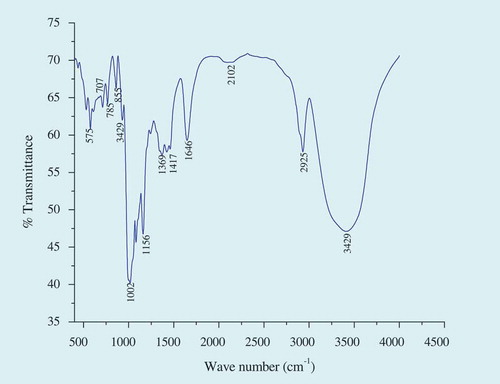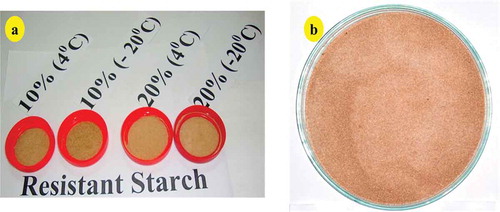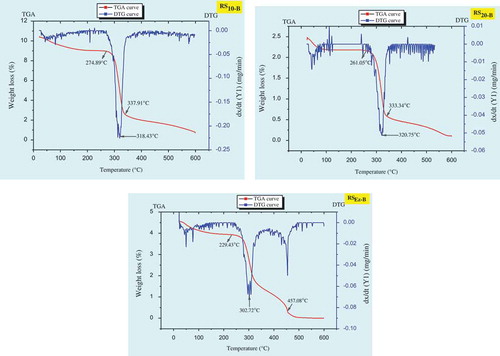Figures & data
Table 1. Chemical compositions (% dry weight basis) of culinary banana starch.
Table 2. Water holding capacity, swelling and solubility profile of culinary banana starch (%).
Figure 2. A: Freeze-thaw stability of culinary banana starch and B: paste-clarity of culinary banana starch.
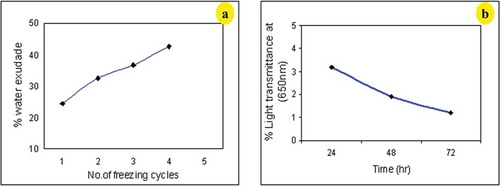
Table 3. Effect of starch concentration and number of autoclaving and cooling cycles on RS content.
Table 4. Effect of storage temperature on resistant starch content.
Table 5. Chemical compositions (% dry weight basis) of culinary banana RS.
Figure 9. Scanning electron micrograph of culinary banana RS A: (RS10-B = 10%, –20°C); B: (RS20-B = 20%, –20°C); and C: (RSEz-B = 24 h, –20°C).
